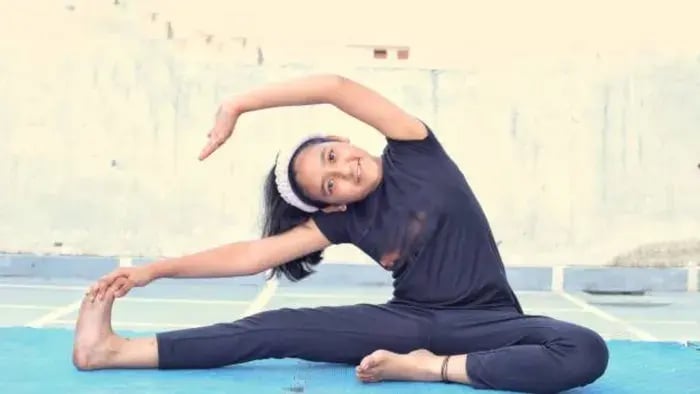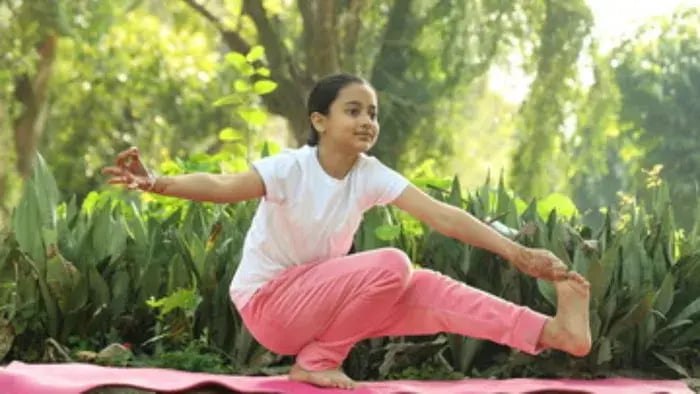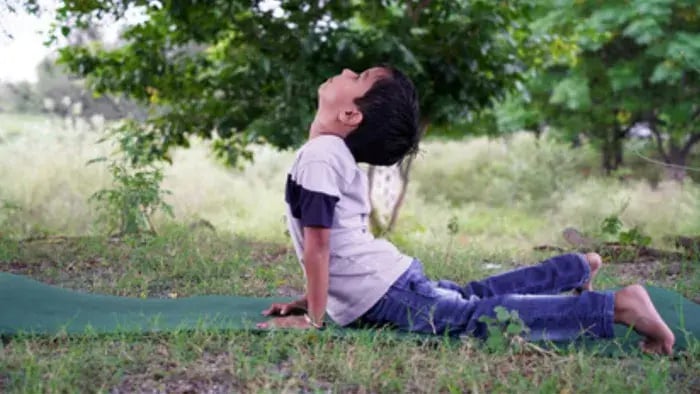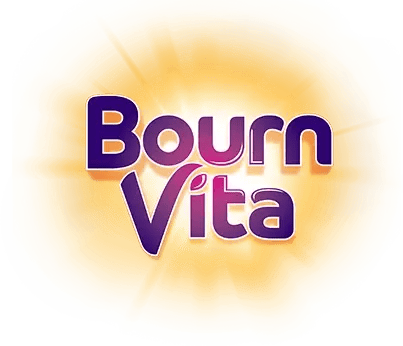- Dynamic Stretching Prepares The Body For Action
- Static Stretching Improves Flexibility Through Holding Positions
- Active Stretching Builds Strength And Balance
- Passive Stretching Relaxes The Body With Assistance
- Ballistic Stretching Uses Quick, Bouncing Movements
- PNF Stretching Combines Stretching With Muscle Contraction
- Functional Stretching Supports Natural Daily Movements
Introduction

Stretching is one of the easiest ways to keep the body active and is often the most neglected. It improves flexibility, balance, and helps muscles stay strong and injury-free. What makes stretching interesting is that it comes in many forms, each with its own purpose. Some stretches prepare the body for action, some allow deeper relaxation, and others build long-term mobility. Knowing these helps kids, teens, and adults use them in ways that fit their stage of life.
For kids, stretching happens naturally during play, bending, reaching, or tumbling without a second thought. Adding guided stretches makes those movements safer and more effective as they grow. Teens need structured stretching as their bodies develop quickly and physical activities become more demanding. Adults use stretching to release tension from work, maintain joint health, and improve daily mobility.
Stretching serves different needs at different times, making it a versatile part of fitness. Dynamic movements prepare kids and athletes for action, loosening muscles before sports or games. Static stretches help relax and lengthen muscles after activity, restoring flexibility and easing tension. Gentle routines suit adults who spend long hours sitting, reducing stiffness and improving posture. Choosing the right stretch for the right moment supports balance, mobility, and comfort, while also building strength and flexibility that stay useful well into the future.
7 Different Ways Of Stretching For Every Stage Of Life

Stretching is a simple yet powerful way to keep the body flexible, active, and free from injuries. It helps improve blood flow, reduces stiffness, and prepares muscles for daily activities or sports. What makes stretching unique is that there are several types, each serving a different purpose. Understanding these types allows kids, teens, and adults to use them in ways that suit their needs, whether it’s playtime, training, or maintaining mobility in daily life.
Dynamic Stretching Prepares The Body For Action
For kids, it makes playground time safer by activating their muscles. Teens can use it before sports to reduce the risk of injuries, while adults benefit from it as a gentle warm-up before workouts. According to a study published in J Sports Sci Med. 2019, dynamic stretching uses controlled, repetitive movements to warm up muscles and increase blood flow.
Static Stretching Improves Flexibility Through Holding Positions
For kids, it is best used after play or physical activity. Teens can practice it after sports practice, while adults find it helpful at the end of workouts or before bedtime to release tension. As per a study published in J Phys Ther Sci. 2015 static stretching means holding a position for a set time, usually 15–60 seconds. Examples include touching your toes while standing or stretching hamstrings while seated.
Active Stretching Builds Strength And Balance
For kids, this helps build coordination in activities like dance or martial arts. Teens can use it to improve control during sports, while adults benefit by strengthening stabilizing muscles that prevent injuries. Research conducted by J Midlife Health. 2022 shows that active stretching involves holding a position using only your own muscles without external help. An example is lifting a leg and holding it up without support.
Passive Stretching Relaxes The Body With Assistance
Passive stretching uses external support, such as a partner, strap, or even gravity. For instance, lying on the floor with one leg pulled toward the chest using a band. For kids, it works well in guided activities like gymnastics or yoga. Research published in S Afr J Sports Med. 2024 shows that, teens may practice it under supervision for deeper flexibility, while adults use it to relax muscles after long days of sitting or standing.
Ballistic Stretching Uses Quick, Bouncing Movements
An example is repeatedly bouncing toward the toes while standing. While this method should be practiced carefully, it can benefit trained teens in sports like basketball or football. Adults generally use it less, but athletes may add it under supervision for explosive flexibility. Study published in J Sports Sci Med. 2025 shows that ballistic stretching involves pushing muscles beyond their usual range through bouncing or jerky movements.
PNF Stretching Combines Stretching With Muscle Contraction
A study published in J Clin Med. 2023, shows proprioceptive Neuromuscular Facilitation (PNF) stretching is a technique that alternates between contracting and relaxing muscles to deepen stretches. An example is pushing against a partner’s resistance and then stretching further. Teens in advanced sports training and adults aiming for greater flexibility often benefit from PNF. For kids, this is not typically necessary unless guided by professionals.
Functional Stretching Supports Natural Daily Movements
A study published in Eur J Transl Myol. 2024 functional stretching mimics real-life movements that prepare the body for everyday activities. Squats, torso twists, or reaching overhead are simple examples. For kids, it makes playtime movements smoother. Teens benefit as it prepares their bodies for both studies and sports, while adults find it valuable for maintaining mobility and preventing stiffness from routine tasks.
Conclusion

Stretching comes in many forms, each with a role in supporting flexibility, strength, and mobility. Dynamic stretching warms up the body, static stretching improves flexibility, active and passive methods build balance and relaxation, ballistic and PNF techniques support advanced performance, and functional stretching keeps daily movements smooth. For children, teens, and adults, including the right type of stretching at the right time builds stronger, more flexible bodies and reduces the risk of injuries. With a little practice each day, stretching becomes a habit that supports lifelong health and comfort.
Her love for storytelling began with reading her grandfather’s speeches, where Tarishi saw the power of words in creating lasting memories. Combining her passions for food and writing, she has turned her life into a fulfilling path of sharing stories that celebrate flavours and how food brings communities together.
The views expressed are that of the expert alone.
The information provided in this content is for informational purposes only and should not be considered a substitute for professional medical advice, diagnosis, or treatment. Always seek the advice of your physician or another qualified healthcare provider before making any significant changes to your diet, exercise, or medication routines. This is a sponsored article.
References
https://pmc.ncbi.nlm.nih.gov/articles/PMC11264228/
https://pmc.ncbi.nlm.nih.gov/articles/PMC10095393/
https://pmc.ncbi.nlm.nih.gov/articles/PMC12131144/
https://pubmed.ncbi.nlm.nih.gov/39234297/
pmc.ncbi.nlm.nih.gov/articles/PMC8849147/
















